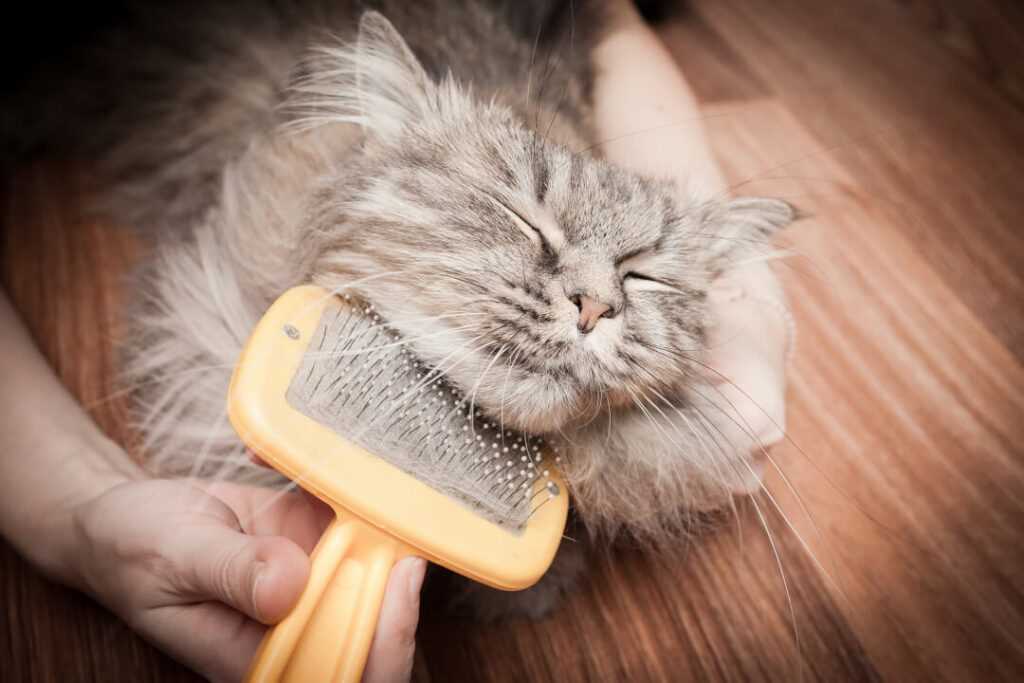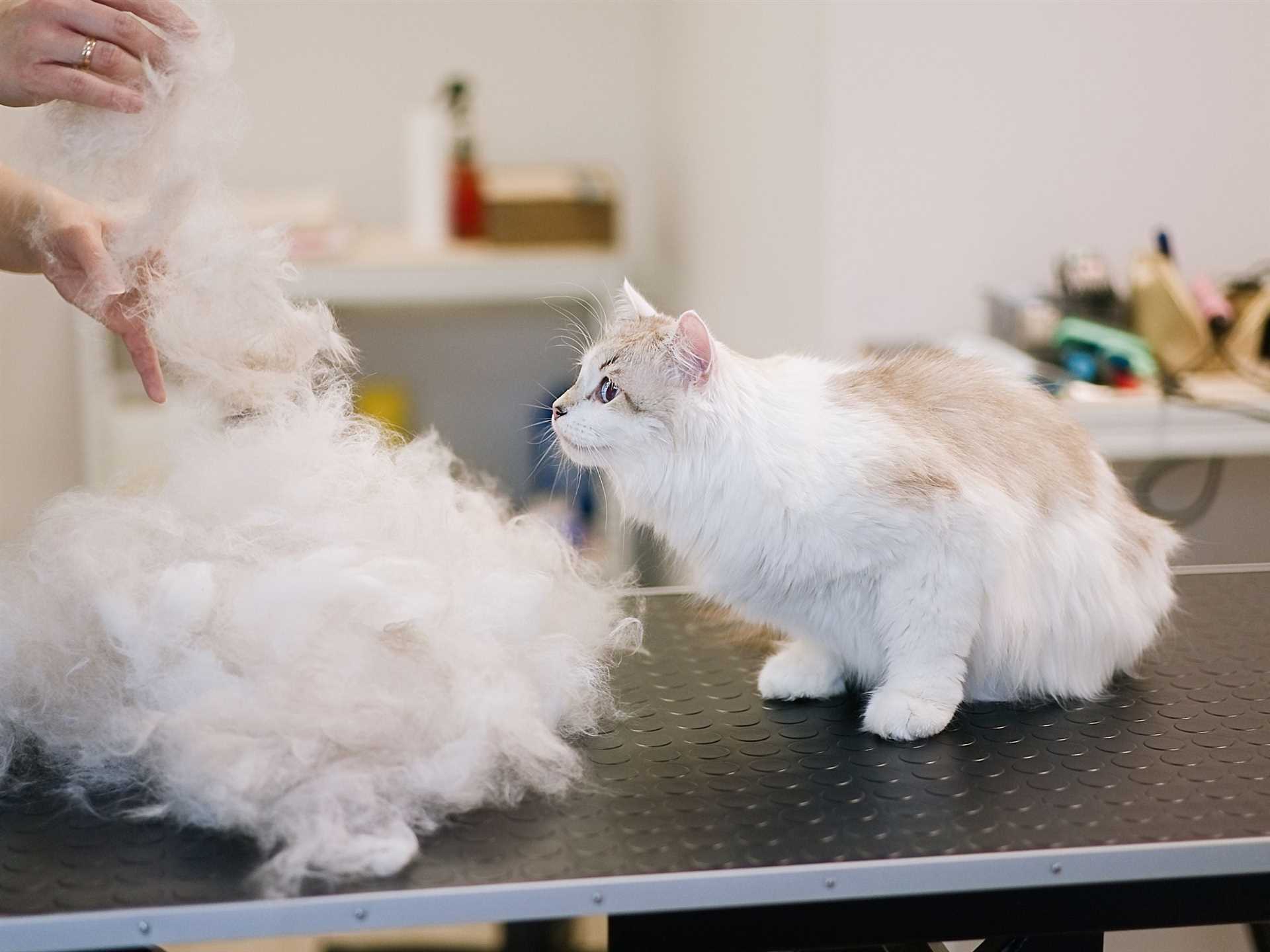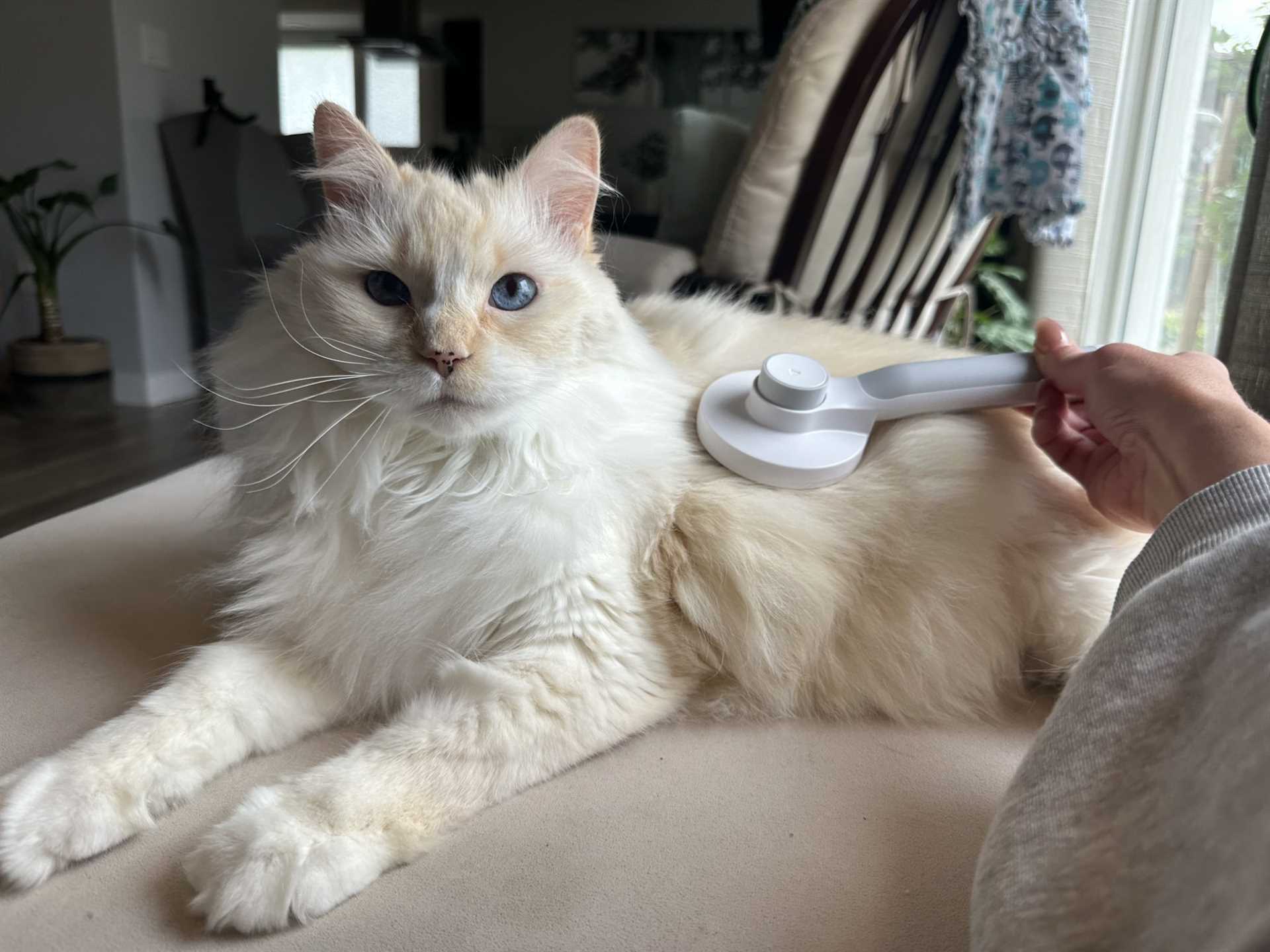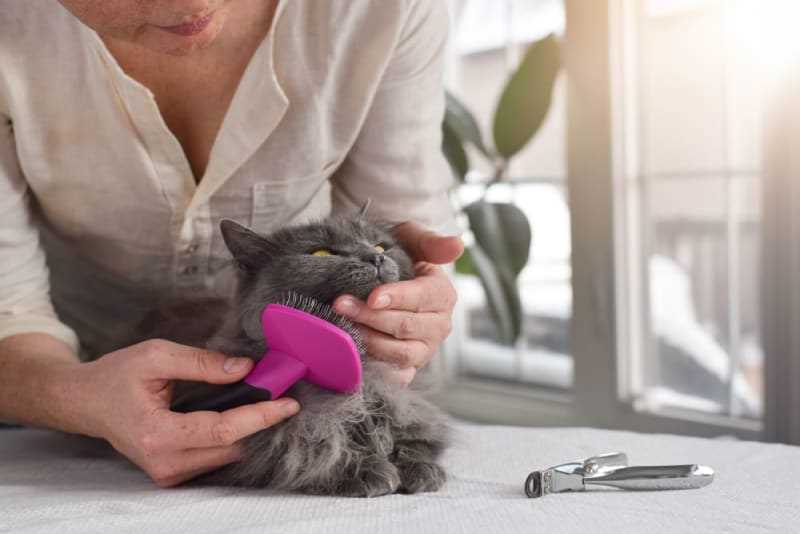



If you’re looking to keep my luxurious coat in tip-top shape, daily grooming is non-negotiable. Brushing me every day helps prevent mats and tangles, keeping my fur smooth and shiny. Use a slicker brush or a comb designed for long coats, as they work wonders in removing loose hair and debris.
Regular bathing is another key aspect. I recommend a gentle cat shampoo specifically formulated for felines. This keeps my skin healthy and reduces any buildup of oils. Aim for a bath every few months, but always consult with a vet to determine the best schedule based on my unique needs.
Feeding me a balanced diet is crucial. High-quality cat food rich in omega fatty acids promotes a healthy coat. Supplementing my meals with fish oil or specific coat-enhancing treats can also be beneficial. Always make sure I have access to fresh water, as hydration plays a significant role in the health of my fur.
Lastly, keep an eye on my litter box habits. If I’m not grooming myself as usual, it might indicate discomfort or health issues that need attention. Regular vet check-ups are essential to catch any underlying problems early, ensuring I stay as fluffy and fabulous as ever!
Grooming Techniques
Daily brushing is non-negotiable. Use a slicker brush to remove tangles and prevent mats. I recommend a wide-toothed comb for any stubborn knots. Start from the base of the fur and work your way outwards to avoid pulling on my sensitive skin.
Bathing Practices

Occasional baths help maintain a clean coat. Use a cat-specific shampoo, and ensure the water is lukewarm. Rinse thoroughly to avoid any residue that can irritate. Dry me gently with a towel, or if I allow it, use a low-heat blow dryer from a safe distance.
Nail Trimming
Nail maintenance is key to preventing scratches on furniture and myself. Trim nails every 2-3 weeks. Use a cat nail clipper and avoid the quick. If unsure, a vet can guide you through the process.
- Check ears weekly for dirt or wax buildup.
- Brush teeth regularly to prevent dental issues.
- Monitor skin for signs of irritation or parasites.
Consistency is the secret ingredient to keeping my coat looking splendid and healthy!
Choosing the Right Grooming Tools
Opt for a slicker brush to tackle tangles and mats effectively. The fine bristles reach deep into the undercoat, removing loose fur without causing discomfort. Regular brushing with this tool helps maintain a smooth coat and reduces shedding.
Consider a wide-toothed comb for a gentle detangling experience. It’s perfect for areas prone to knots, like behind the ears and under the legs. This tool is particularly useful after using a slicker brush, ensuring no tangles remain.
Specialized Grooming Tools
Invest in grooming gloves if your feline friend enjoys a pampering session. These gloves remove loose hair while providing a massaging effect, making the grooming experience enjoyable and soothing.
A de-shedding tool is great for seasonal shedding periods. This tool effectively removes the undercoat, helping to minimize fur around the house. Use it carefully to prevent irritation to the skin.
Maintaining Your Tools
Keep your grooming tools clean and well-maintained. Regularly remove hair from brushes and combs to ensure they function properly. Disinfect tools occasionally to prevent the transfer of bacteria and keep your grooming routine hygienic.
Establishing a Regular Grooming Routine
I recommend setting aside specific times each week for grooming sessions. This creates a consistent environment that both you and your fluffy companion can anticipate. Aim for two to three sessions per week, lasting about 15-30 minutes each. Gradually introduce your feline friend to the grooming process if they seem hesitant at first.
Choose the Right Time
Select a quiet moment when your pal is relaxed, perhaps after a meal or playtime. Avoid busy household times to minimize distractions. This way, your buddy will associate grooming with a positive experience rather than stress.
Incorporate Deshedding Tools
<pUtilize a deshedding brush for cats as part of your routine. These brushes effectively remove loose fur, reducing matting and hairballs. Remember to reward your furry friend with treats or praise during and after each session to reinforce good behavior.
Dealing with Mats and Tangles
Regularly inspect my fur, especially areas prone to knots like behind the ears, under the legs, and around the collar. Use a wide-toothed comb to gently tease apart any tangles without pulling too hard. If you encounter a stubborn mat, try the following:
- Apply a detangling spray or conditioner specifically designed for pets. This helps soften the fur and makes it easier to work through.
- Use your fingers to separate the mat into smaller sections, starting at the edges and working inward.
- If a mat is too tight, carefully cut it out with blunt-tipped scissors. Ensure not to snip my skin. Always cut from the bottom to avoid injury.
Establishing a grooming routine can prevent mats from forming. Daily brushing is ideal, but if that’s not possible, aim for at least every few days. Pay extra attention to the areas where mats tend to develop. In case of severe tangles, consider a professional grooming session.
After tackling knots, reward me with treats and cuddles. This will create a positive association with grooming sessions. Remember, keeping my coat mat-free is a team effort!
Bathing Techniques for Long Haired Cats
First, always ensure the water is lukewarm. Cold or hot water can be uncomfortable and stressful. Fill the tub or sink with a few inches of water before bringing me in. It’s essential to keep my feet dry for as long as possible.
Use a gentle, cat-specific shampoo. Human products can irritate my skin. Dilute the shampoo with water to make it easier to distribute. Apply it to my fur, starting from the neck and working your way down. Avoid my face and ears to prevent any discomfort.
Rinse thoroughly but carefully. Residual shampoo can lead to skin issues. Use a cup or handheld sprayer to direct the water, ensuring it flows along my fur rather than against it. This helps prevent tangles.
After rinsing, apply a conditioner designed for felines. It will help keep my coat smooth and manageable. Leave it on for a few minutes before rinsing.
Once done, wrap me in a towel to absorb excess water. Avoid rubbing; instead, gently pat my fur. If I’m comfortable, you can use a blow dryer on a low setting from a distance. Make sure to keep it moving to avoid hot spots.
Always reward me after bathing. Treats or extra cuddle time reinforce positive associations with bath time.
Nutrition for Healthy Fur

High-quality protein sources like chicken, turkey, and fish are fundamental for maintaining my luxurious coat. These proteins provide essential amino acids that support fur growth and strength.
Incorporating omega-3 and omega-6 fatty acids into meals enhances the shine and softness of my fur. Look for cat food that includes fish oil or flaxseed oil to reap these benefits.
Hydration is often overlooked. Fresh water should always be available, as it helps keep my skin moisturized, preventing dryness and flakiness.
Vitamins and minerals play a role too. Supplements containing biotin and zinc can be beneficial for promoting healthy fur. However, consult with a vet before adding anything new to my diet.
Regular feeding schedules with balanced meals help maintain a healthy weight, preventing fur from matting and tangling due to excess fat or poor grooming habits.
Lastly, avoid overly processed foods. They often contain fillers that provide little nutritional value. Quality over quantity is key for achieving and maintaining a stunning coat.
Identifying Skin Issues and Allergies
Inspecting my skin regularly is key. Look for redness, swelling, or any unusual spots. These signs can indicate underlying issues. If I start scratching more than usual or licking specific areas, it might mean something isn’t right.
Common Skin Problems

Here are a few issues to be aware of:
| Condition | Symptoms | Action |
|---|---|---|
| Fleas | Itching, hair loss, flea dirt | Use vet-recommended flea treatments |
| Allergies | Redness, itching, sneezing | Consult a veterinarian for allergy testing |
| Skin Infections | Swelling, pus, hair loss | Seek veterinary attention for antibiotics |
| Dry Skin | Flaky skin, dull fur | Consider humidifiers or omega fatty acids |
When to Visit the Vet

If symptoms persist or worsen, visiting a vet is a must. Timely intervention can prevent more serious conditions. Regular check-ups help catch issues early and keep me feeling my best.








